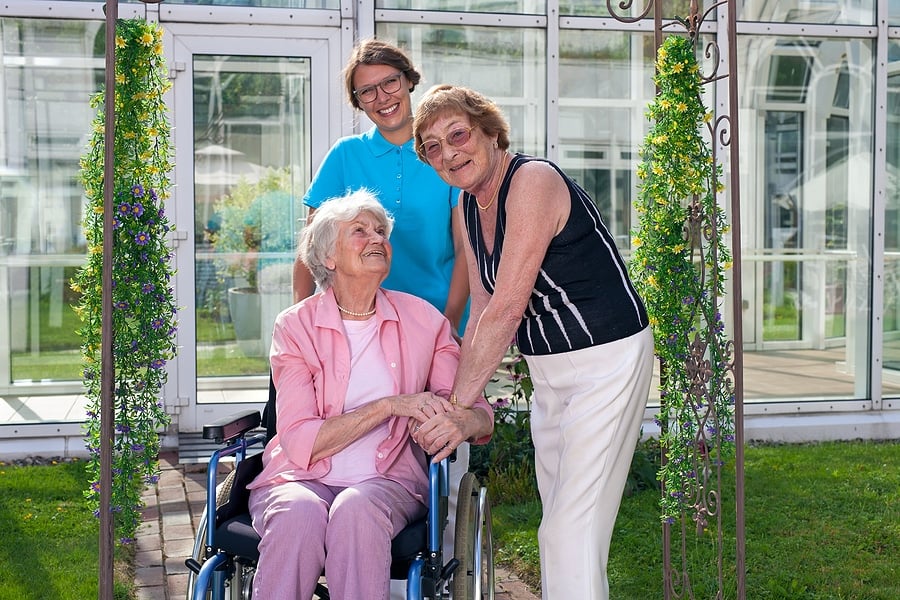Architect Body Calls For Help To Make Homes Accessible

Accessing home care services is something many older and disabled people and their families yearn for, as an alternative to having to take up residence in a care home. However, there are sometimes practical problems with doing so.
The most common of these is the design of many homes, making it harder to get into and around them. A lack of step-free access can be a barrier to movement between floors or even entry and exit, while wider doors and corridors may be needed to permit movement inside the house and access to bathing facilities.
While some homes can easily accommodate modifications, others might not, especially older and smaller properties.
Speaking in a recent submission to a parliamentary inquiry on housing provision for disabled people, executive director for professional knowledge and standards at the Royal Institute of British Architects (RIBA), Adrian Dobson, highlighted how legislative change can make things easier.
He said a key step would be the release of the consultation on Part M4(2) of the Building Regulations, which will require greater accessibility to be included in the design of new properties, while other issues included ‘resource gaps’ in local authority planning to develop more accessible new homes, and the issue of how more existing properties can be modified.
Mr Dobson was at pains to stress that RIBA is committed to doing all it can to help increase accessibility across the residential built environment.
Efforts to future-proof homes in this way or build them specifically with someone’s accessibility needs in mind include a guide for self-builders, produced by Build It.
If you do need care and want to receive it in the home, it may be your home is already well-suited. But if not, it may well still be possible to modify it, while the next few years may bring significant changes to improve the provision of suitable housing stock.